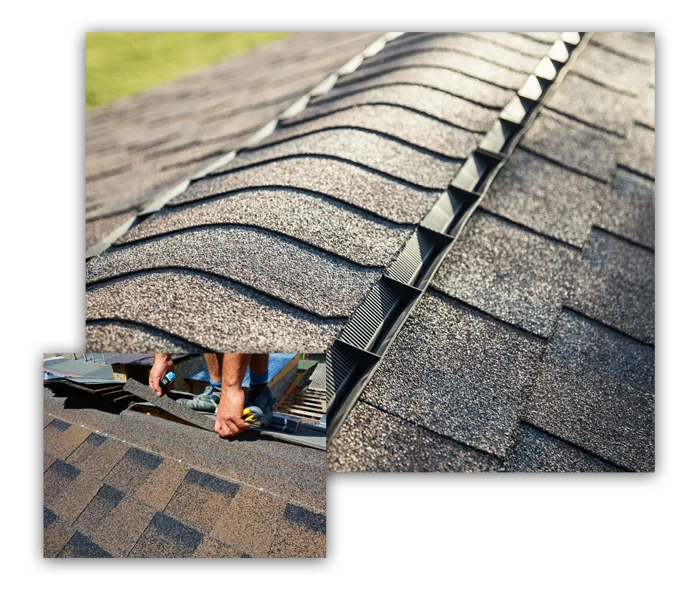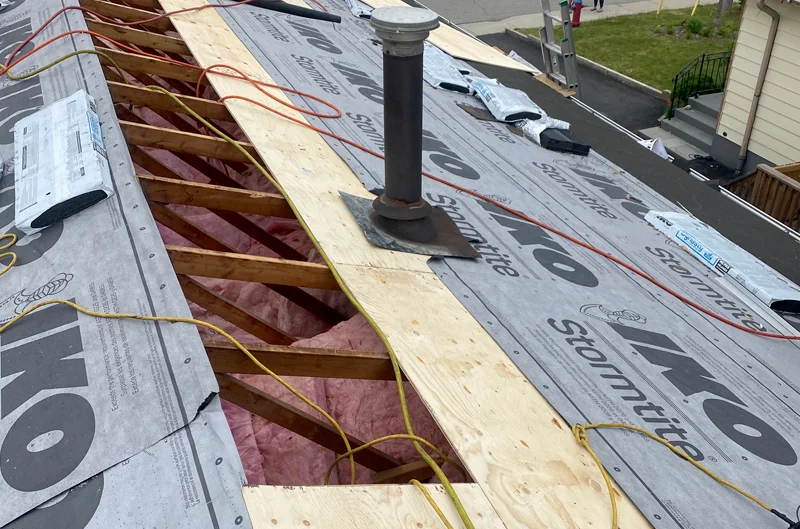Fibreglass Shingles
- Silva's Roofing Ltd.
- Fibreglass Shingles
Here you will find the most frequently asked questions from our clients

Fibreglass Shingles Hamilton
Fibreglass Shingles are Thinner and More Fireproof

Defects Addressed
Although fibreglass shingles were known to split and crack in the 1980s and 1990s, improvements and higher standards in the roofing industry have resulted in a much higher-quality product. At this point, fibreglass shingles are highly regarded for their Class A fire rating, since fibreglass mat resists fire more consistently than do organic/waste paper mats.

Moisture and Wind Resistant
Fibreglass shingles have gained wide popularity lately because they are lighter and easier to handle. They also tend to resist moisture more effectively. Roofers find that fibreglass shingles, which tend to be thinner than asphalt shingles, adhere better in strong winds and therefore last longer. For these reasons, more and more new homes are sporting fibreglass shingles.
Natural ventilation is smart. Roofers can install ventilators at strategic points in your attic to take advantage of natural air flow, drawing stale air out and fresh air in
